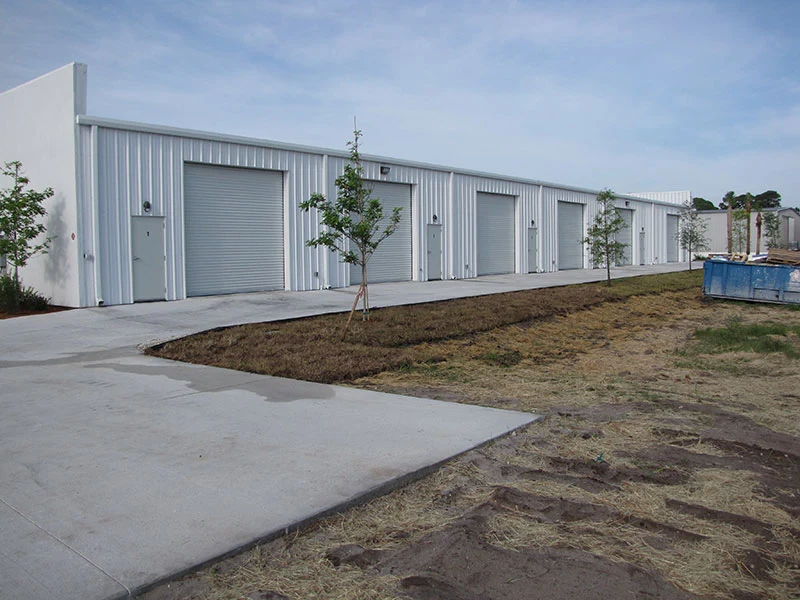Building Information Modeling (BIM) in Steel Design

Introduction to BIM and Its Importance in Steel Design
Building Information Modeling (BIM) is a digital process that creates and manages detailed 3D models of building projects, incorporating physical and functional information throughout the construction lifecycle. In steel design, BIM revolutionizes how engineers, architects, and contractors collaborate by providing a centralized platform to visualize, analyze, and coordinate steel structures before actual construction begins.
BIM enhances accuracy and efficiency by allowing precise modeling of steel components, connections, and assemblies. It helps detect clashes and design conflicts early, minimizing costly rework and delays. By integrating data on materials, fabrication details, and scheduling, BIM supports seamless workflow from design through fabrication and installation. This comprehensive approach improves communication among project stakeholders and ensures higher quality outcomes.
Moreover, BIM supports sustainable design by enabling simulations of structural performance, energy consumption, and lifecycle costs, guiding decisions toward optimized steel use and environmental impact reduction.
How BIM Transforms Steel Fabrication and Construction
In steel fabrication and construction, BIM serves as a powerful tool for automating and streamlining processes. Detailed BIM models can be directly linked to Computer Numerical Control (CNC) machinery, allowing precise cutting, drilling, and welding of steel components. This integration reduces human error and accelerates production timelines.
On-site, BIM facilitates just-in-time delivery and installation by providing accurate sequencing and logistics planning. Contractors can visualize assembly steps and access real-time updates, enhancing coordination and safety. BIM also supports modular construction methods, where steel components are prefabricated off-site based on BIM data, reducing on-site labor and waste.
Furthermore, BIM enables effective management of change orders and updates throughout construction, ensuring that all parties work with the most current information. This dynamic adaptability reduces conflicts and maintains project schedules.
Benefits of Implementing BIM in Steel Design Projects
Implementing BIM in steel design projects yields numerous benefits across cost, quality, and collaboration dimensions. Cost savings arise from reduced material waste, fewer errors, and optimized resource allocation. The ability to simulate different design options helps identify the most economical and structurally sound solutions.
Quality improvements result from enhanced accuracy in detailing and fabrication, leading to better-fitting components and stronger connections. BIM’s clash detection tools prevent costly on-site issues by resolving conflicts in the virtual model.
Collaboration is significantly enhanced as BIM fosters transparent communication among architects, engineers, fabricators, and contractors. Stakeholders can access a unified project model, facilitating faster decision-making and issue resolution. This integration supports innovation, such as incorporating sustainability measures or complex architectural designs with confidence.
Challenges and Future Trends of BIM in Steel Design
Despite its advantages, BIM adoption in steel design faces challenges including initial setup costs, training requirements, and interoperability between different software platforms. Resistance to change and lack of standardized workflows can slow implementation, especially in smaller firms.
Data management is critical, as BIM projects generate vast amounts of information that require secure storage and efficient handling. Cybersecurity concerns must also be addressed as digital collaboration becomes more prevalent.
Looking ahead, advancements in AI and machine learning are expected to enhance BIM capabilities by automating design optimization, predictive maintenance, and construction scheduling. Integration with augmented reality (AR) and virtual reality (VR) will enable immersive project visualization and on-site guidance.
Cloud-based BIM platforms will improve accessibility and real-time collaboration across global teams. As industry standards evolve, BIM will become an essential component in smart, sustainable, and efficient steel construction projects worldwide.





